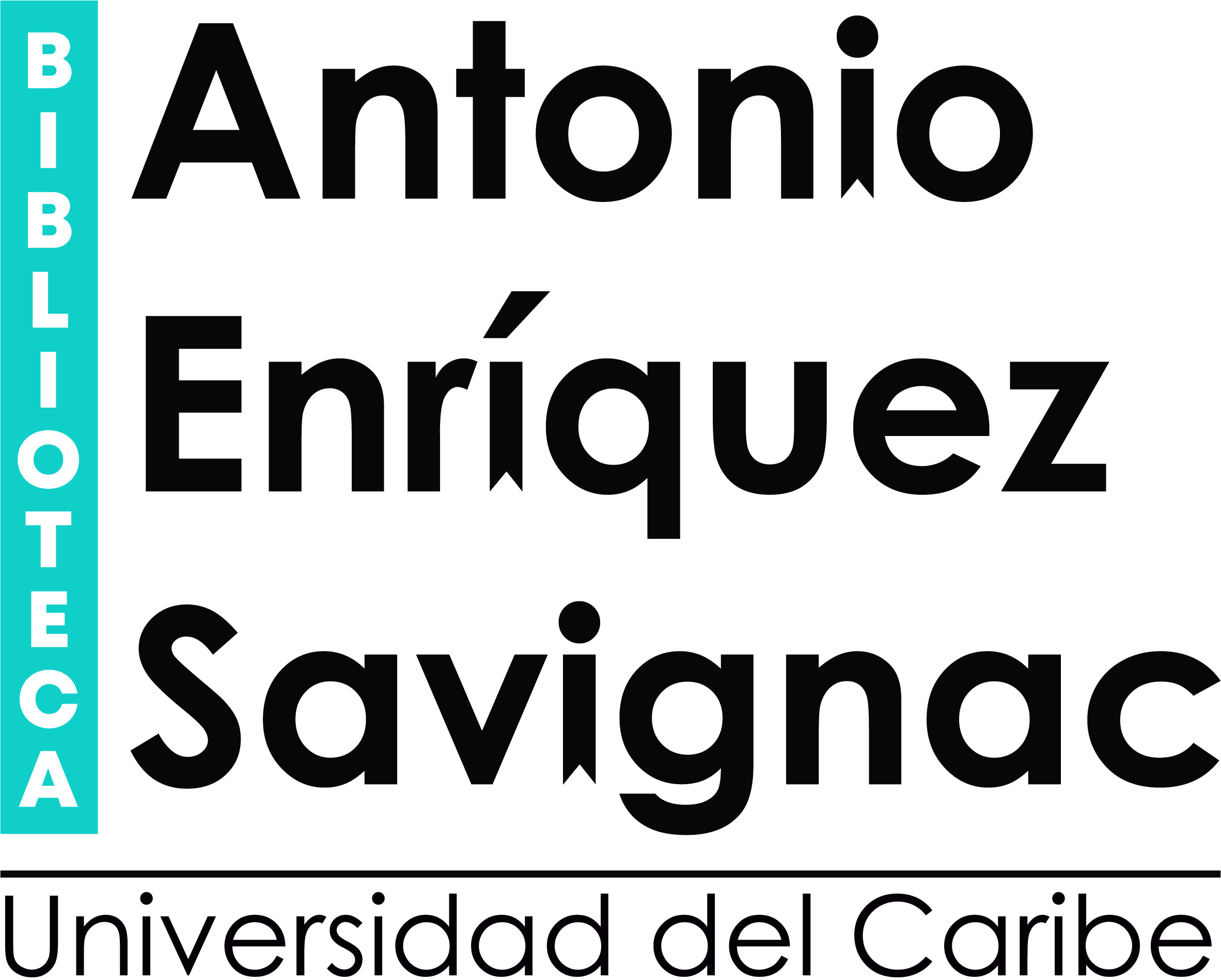Handbook of narrative analysis / written and translated by Luc Herman and Bart Vervaeck
Tipo de material: TextoIdioma: Inglés Lenguaje original: Español Series Detalles de publicación: Lincoln : University of Nebraska Press, c2005Descripción: 231 p. : il. ; 23 cmISBN:
TextoIdioma: Inglés Lenguaje original: Español Series Detalles de publicación: Lincoln : University of Nebraska Press, c2005Descripción: 231 p. : il. ; 23 cmISBN: - 0803273495 (pbk. : alk. paper)
- 0803224133 (cloth : alk. paper)
- Vertelduivels
- PN 212 H48 2005
| Tipo de ítem | Biblioteca actual | Biblioteca de origen | Colección | Signatura topográfica | Copia número | Estado | Notas | Fecha de vencimiento | Código de barras | Reserva de ítems | |
|---|---|---|---|---|---|---|---|---|---|---|---|
 Libros para consulta en sala
Libros para consulta en sala
|
Biblioteca Antonio Enriquez Savignac | Biblioteca Antonio Enriquez Savignac | COLECCIÓN RESERVA | PN 212 H48 2005 (Navegar estantería(Abre debajo)) | 1 | No para préstamo | Negocios Internacionales | 029956 |
Traducción del original: handboek verhaalanalyse
Incluye: referencias bibliográficas (p. 209-220) e indice
Acknowledgments -- Introduction -- 1. Traditional Questions -- 2. New Questions -- Chapter 1. Before and Surrounding Structuralism -- 1. Story and Plot -- 2. Telling and Showing -- 3. Author and Narrator -- 4. Narrator and Reader -- 5. Consciousness and Speech -- 6. Perception and Speech -- Chapter 2. Structuralism -- 1. Story -- 1.1. Events -- 1.2. Actant -- 1.3. Setting -- 2. Narrative -- 2.1. Time -- 2.2. Characterization -- 2.3. Focalization -- 3. Narration -- 3.1. Narrating -- 3.2. Consciousness Representation -- Chapter 3. Post-Classical Narratology -- Postmodern Narratology -- 2. Narratology and Ideology -- 2.1. Ethics -- 2.2. Gender -- 3. Narratology and Possible Worlds -- 4. Narratology and the Reader -- Appendix A. "Pegasian" by Charlotte Mutsaers -- Appendix B. "The Map" by Gerrit Krol -- Notes -- Bibliography -- Index
"The study of narrative has been a continuous concern from antiquity to the present day because stories are everywhere-from fiction across media to nation building and personal identity. Handbook of Narrative Analysis sorts out both traditional and recent narrative theories, providing the necessary skills to interpret any story that comes along. In addition to discussing classical theorists such as Ge;rard Genette, Mieke Bal, and Seymour Chatman, Handbook of Narrative Analysis presents precursors (such as E. M. Forster), related theorists (Franz Stanzel, Dorrit Cohn), and a large variety of postclassical critics. Among the latter, particular attention is paid to the ethics of reading, gender theory, and "possible worlds." Not content to consider theory as an end in itself, Luc Herman and Bart Vervaeck use two stories by contemporary authors as a touchstone to illustrate each narrative approach, thereby illuminating the practical implications of theoretical preferences and ideological leanings. Marginal glosses guide the reader through discussions of theoretical issues, and an extensive bibliography points readers to the most current publications in the field. Written in an accessible style, this handbook combines a comprehensive treatment of its subject with a user-friendly format appropriate for specialists and nonspecialists alike."--P. Web Editorial
Fondos Universidad Compra 20120627 0.00

